Table of Contents
When you’re facing issues with the Windows user interface, for example, your taskbar isn’t responding, or file navigation seems slow restarting the File Explorer process can often fix the issue. We’ll show you how to do it using CMD and PowerShell.
Restart Windows Explorer using Command Prompt
1. Search then open cmd Command Prompt.
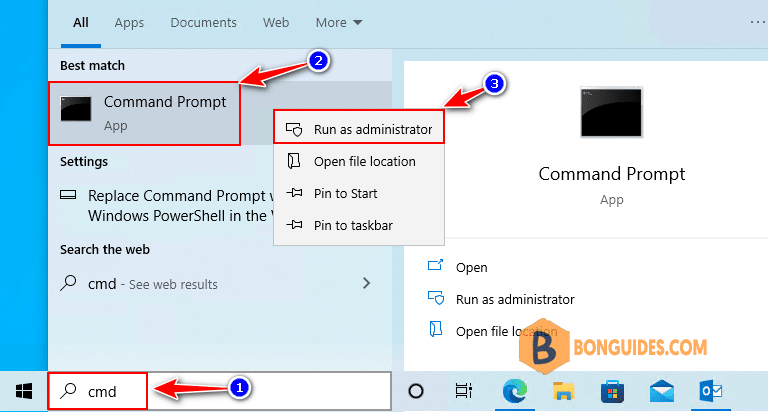
2. Run the below command to restart Windows Explorer. This command will stop the Windows Explorer service and then start the Explorer again.
taskkill /im explorer.exe /f & explorer.exeWhen finished, explorer.exe has been refreshed, you should be able to use your PC normally.
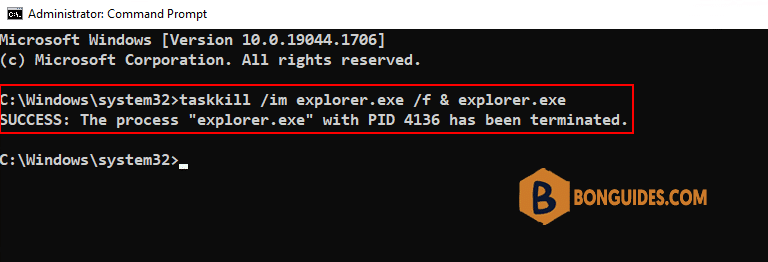
Alternatively, it can be restarted from PowerShell.
Restart Windows Explorer using PowerShell
1. Right-click on the Windows Start icon then open Windows PowerShell.
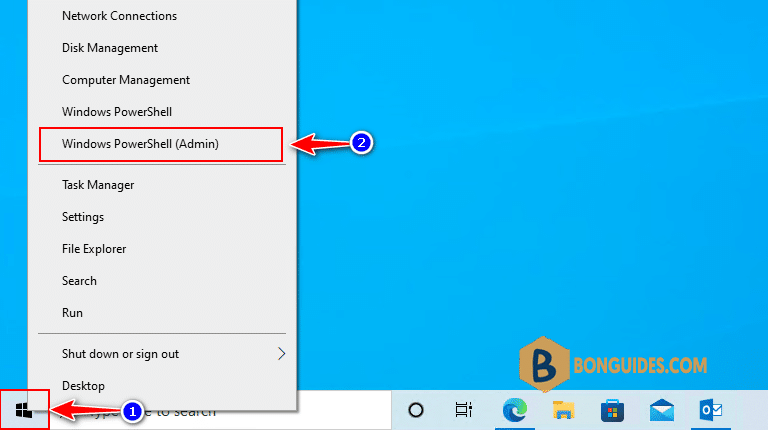
2. Run the following command.
Stop-Process -Name 'explorer' -Force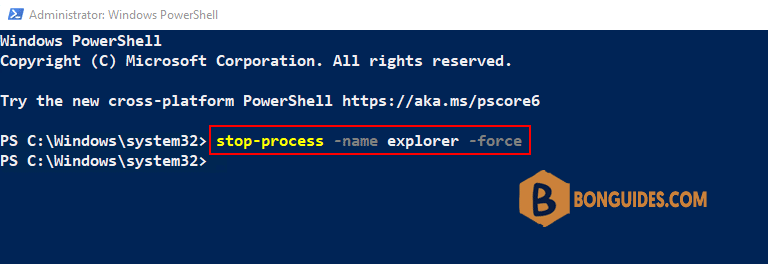
Restart Windows Explorer using command line
In case the Command Prompt or PowerShell cannot be opened because everything is frozen. They must be opened from the Run box or Task Manager using the keyboard shortcuts.
Using the Run box
1. Open the Run box by pressing the Windows + R combination keys.
2. Type cmd or powershell then hit Enter to open them from the Run box.
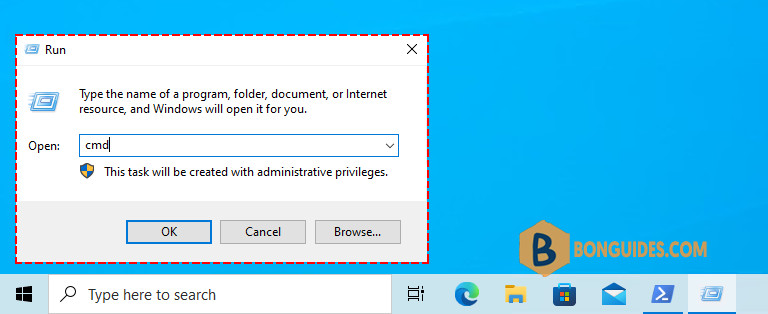
3. Run the corresponding command to restart the File Explorer.
Using the Task Manager.
1. Open the Task Manager by pressing the Ctrl + Shift + Esc combination keys.
2. Navigate to the File menu | Run new task.

3. Type cmd or powershell then hit Enter to open them from the Run box.
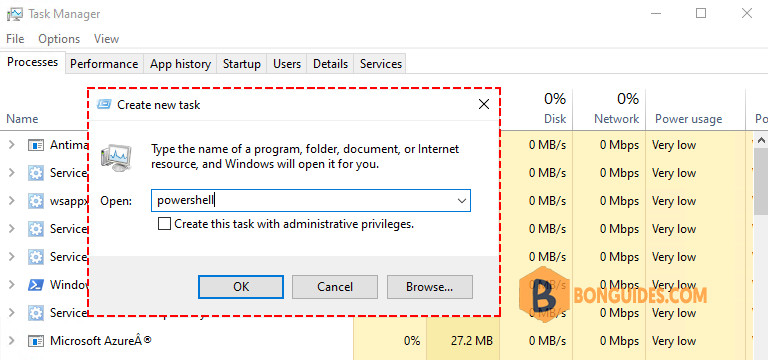
4. Run the corresponding command to restart the File Explorer.
Conclusion
With that done, you should have all you need to restart explorer.exe in Windows 10 using command-line to fix common issues like a frozen taskbar, desktop, or Start Menu.
Not a reader? Watch this related video tutorial:





